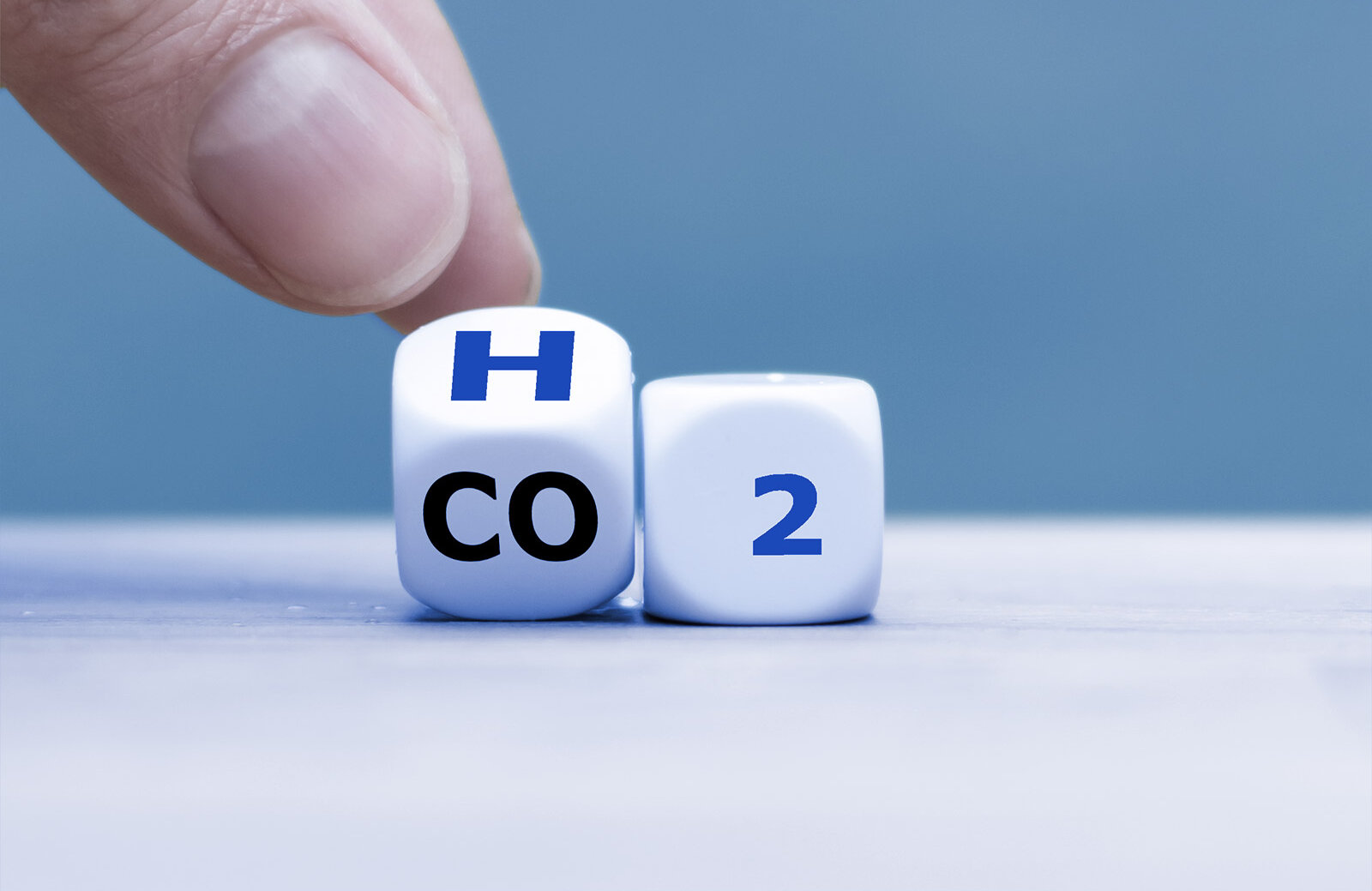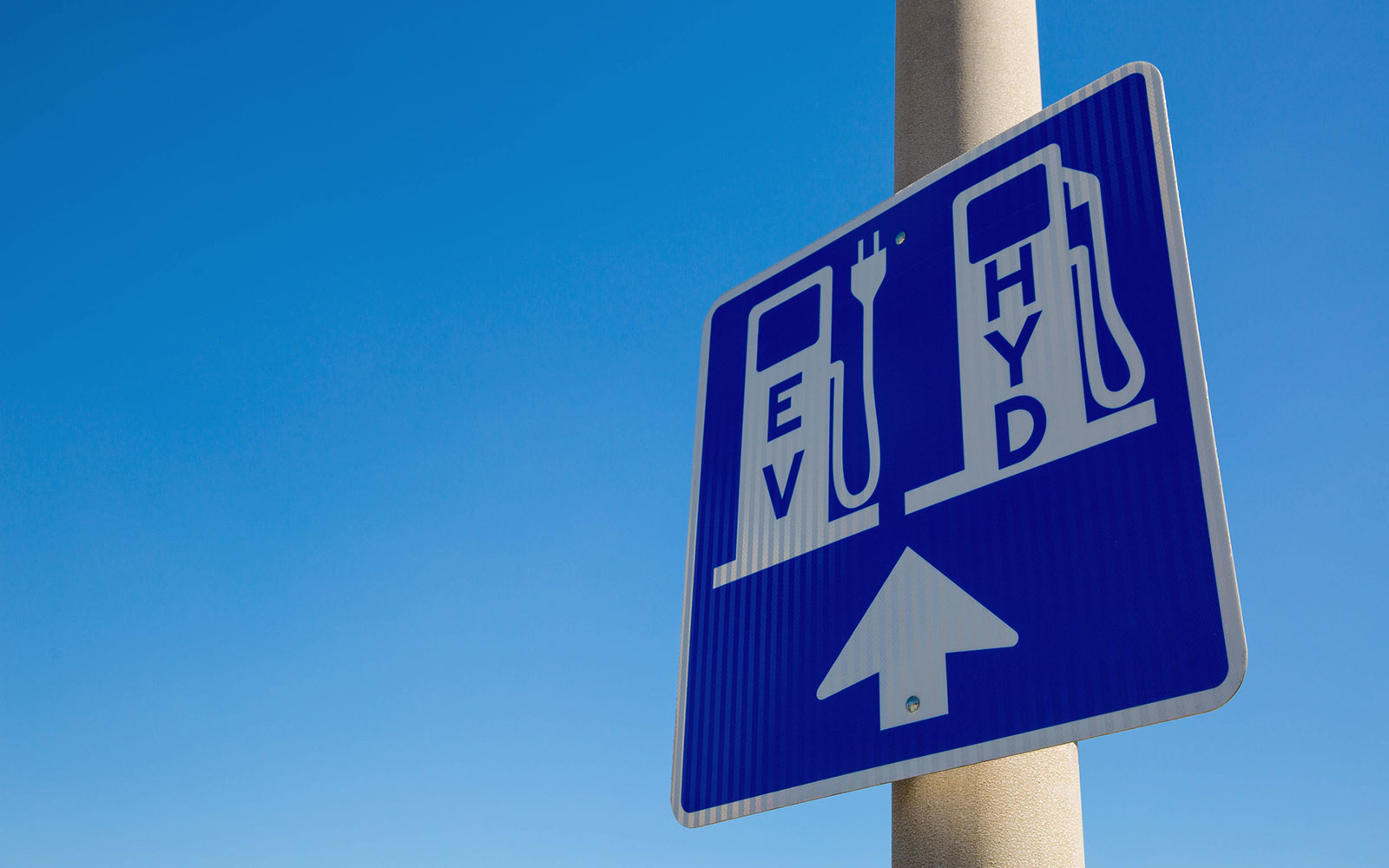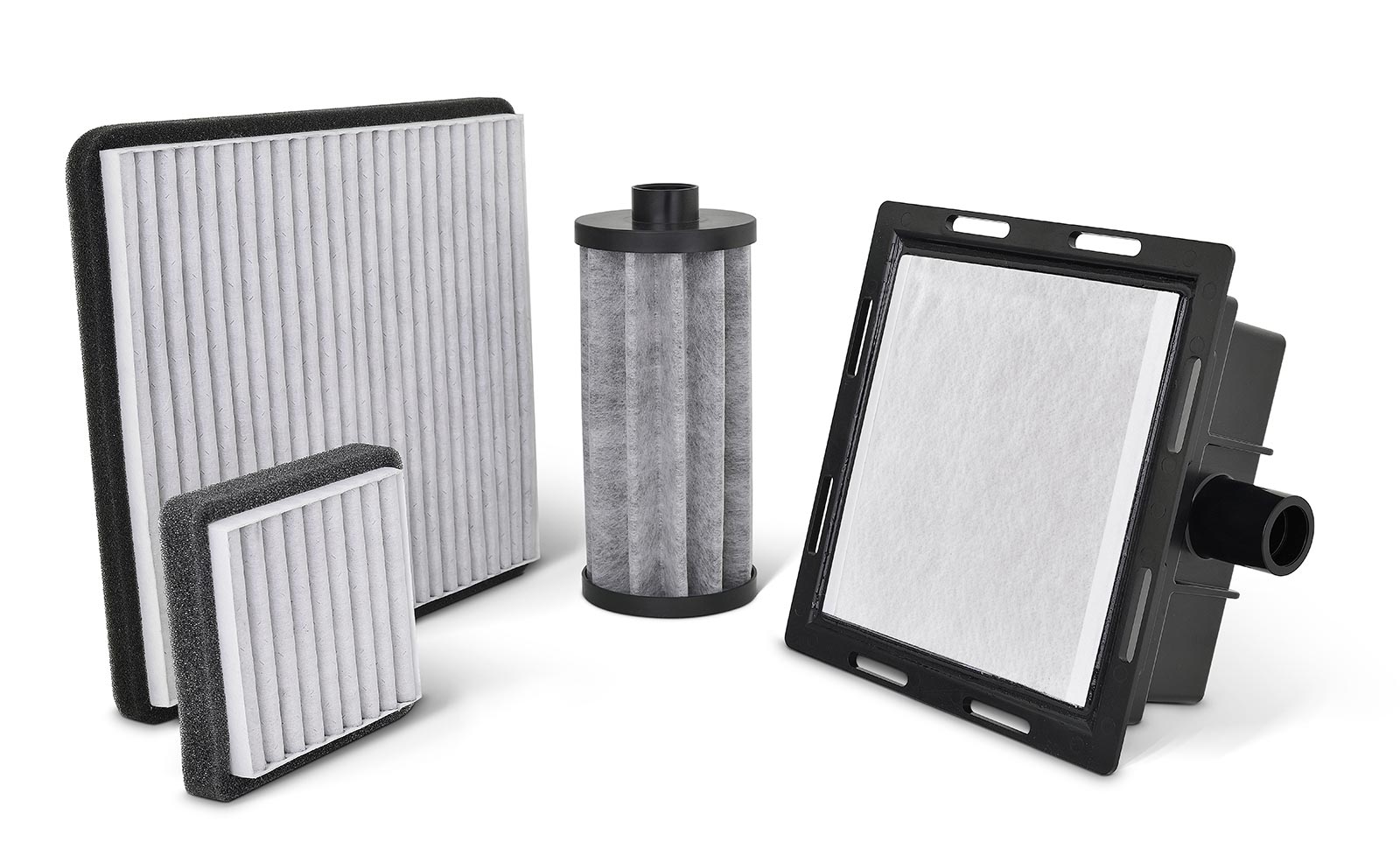
Fresh air for fuel cells
Supporting the development of hydrogen-powered vehicles
The development of alternative fuel concepts is a crucial component in the fight to sustainably reduce air pollution. Alongside electric and hybrid drive chains, hydrogen is increasingly being seen as a viable long-term solution. However, hydrogen-powered fuel cell vehicles are highly susceptible to fine dusts and noxious gases, which are abundant in our existing environment. As a result, advanced filters are essential to clean the air used to create the chemical reaction inside the fuel cell.
A feasible long-distance alternative
All-electric battery vehicles are still hampered by their comparatively short range. This means that they are generally suited for local journeys in and around conurbations, where the necessary charging portals are becoming readily available. However, people or companies that depend on reliable, long-distance transportation need vehicles with a greater range and faster refueling. Larger cars, buses or trucks simply need more power than a single battery can provide.

Clean, green and powerful
Hydrogen-powered fuel cells have the potential to take over where batteries reach their limits. Fuel-cell-based buses are already in use within several major cities in China. It only takes a few minutes to refuel the hydrogen tank of a fuel-cell vehicle. At the same time, the combination of battery and fuel cell provides greater range and more power.
A fuel cell consists of electrodes separated by a membrane. At the anode, the hydrogen oxidizes and releases electrons and protons. The positively charged protons pass through the membrane while the negatively charged electrons flow through an external circuit, generating electricity. Oxygen enters the cell at the cathode and a reduction takes place resulting in water. A single fuel cell produces approximately one volt. To generate enough energy for a vehicle, the cells are arrayed and connected in series or so-called “stacks”.
Fine dust and sulfurous gases reduce power
As Tobias Beisel, Project Engineer Fuel Cell Solutions at Freudenberg Filtration Technologies, explained:
Fuel cells generally use the oxygen in ambient air for their reactions. However, the surrounding air is not clean. The amount of harmful particles and gases in the air varies heavily on the surroundings. An industrialized metropolis that is prone to traffic congestion will have a different mix of contaminants than a smaller city. In coastal regions, on the other hand, salty air can pose considerable problems for fuel cell power generation.
Filtering ambient air is key
Over time, charging systems draw in large volumes of particles and noxious gases. While some particles and gases lead to short-term performance loss, others can cause irreparable damage to the fuel cell. The particles also block the flow channels of the fuel cell itself, leading to higher flow resistance and a permanent loss of energy. Effective filtration protects sensitive components, such as the catalyst material and the membranes used in the stack. Particle filter layers protect against fine dust, while chemical filter layers with specific adsorbent properties block harmful gases.

Striking the right balance
The more layers a filter consists of, the better the filtration. However, excessive layers result in a rise in pressure drop, causing the air compressor to compensate, which in turn increases the load on the fuel cell. Larger filters provide better pressure drop, efficiency and longevity, whereas smaller filters fit in more easily into cramped engine compartments. Thus a tradeoff usually exists between size and function. Ultimately, compromises need to be made to balance the manufacturer’s efficiency and lifetime targets. Freudenberg works closely with manufacturers on fuel cell technology to achieve the optimum balance between filter performance and power output.
Partnering for the future
Today, several divisions of the Freudenberg Group are producing components to support fuel cells in applications ranging from cars and buses, to trains, ships, and stationary systems such as combined heat and power units (CHPs). Contributing to this innovation effort, Freudenberg Filtration Technologies supplies humidifiers to prevent the delicate membrane in the cell from drying out. The specially developed filter media protects the catalyst material, membranes and system components against contaminant gases and particles.
In the years to come, we look forward to continuing our pioneering work in supporting the development of this game-changing technology.
You can find out more about our work in the field of fuel cell technology here
 automotive filtration insight
automotive filtration insight